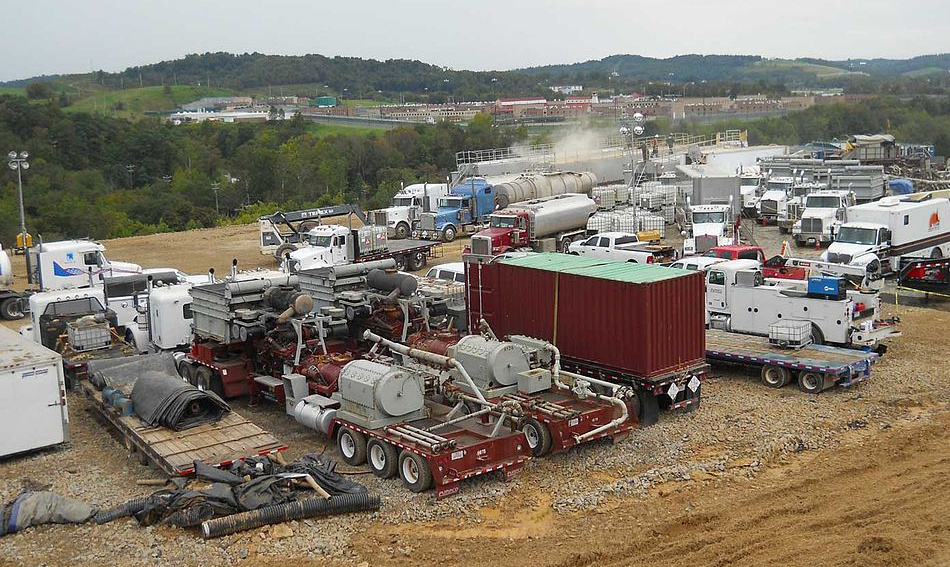
(Bloomberg) Cracks are emerging in the U.S. oil machine.
Shale oil’s relentless production growth is easing, with growth next month set to be the weakest since May, according to the Energy Information Administration. Increases in the Permian basin, the largest area, will also be the slowest in nine months.
That would be a boon for OPEC, which is trying to boost crude prices but faces an immense challenge from companies pumping unprecedented amounts of oil in the U.S. Drilling activity in America has also been slowing, with the oil rig count plunging the most in almost three years last week, as the effects of the price slump at the end of 2018 linger.
The price crash “hurt many of those companies and now is having consequences for expectations of U.S. shale oil output,†said Phil Flynn, senior market analyst at Price Futures Group Inc.
There are other signs of a slowdown. The amount of crude produced by new wells in three of the biggest shale plays has been declining for at least a year.
The Permian basin of Texas and New Mexico –- among the fastest-growing shale plays — will produce 555 bpd of crude per rig in February, according to the EIA’s latest drilling report. That’s the same as in January, which was the lowest since August 2017 and compares with a record high 758 bpd in 2016. The Bakken and Eagle Ford plays have experienced similar slowdowns.
Shale remains a spectacular success story, and has often beaten pessimistic predictions. It has taken the U.S. close to energy independence — unthinkable even 15 years ago — and turned the oil world upside down. Total American output could even exceed Russia and Saudi Arabia combined by 2025, according to consultant Rystad Energy AS.
Still, crude’s steepest fourth-quarter decline since 2014 and pipeline bottlenecks are having an impact. The number of shale wells that are being started but not completed is rising, and will likely continue to increase until oil rises further or infrastructure constraints ease.
Much of whether shale will continue to top forecasts or finally take a breather will ultimately depend on oil prices. Crude’s volatility has unnerved investors, who are “much more cautious now†than they were previously, Occidental Petroleum Corp. CEO Vicki Hollub said in Davos, Switzerland on Wednesday.
“Not as much money is going to be pouring into the Permian basin,†she said. “There’s going to be more discipline around how the Permian reacts to pricing.â€
By CHRISTOPHER SELLÂ
Photo used: Public Domain
If you like what we do then let us know by becoming a patron through Patreon, for as little or much as you would like! Hit the button below!
Check out our other current stories!



